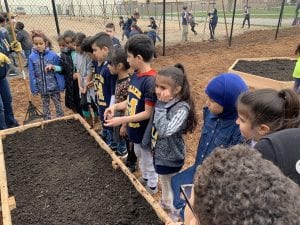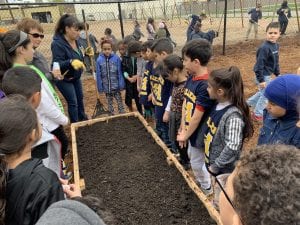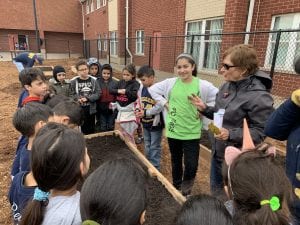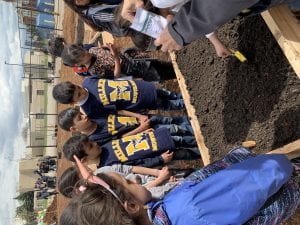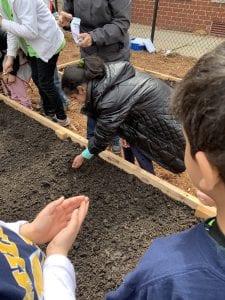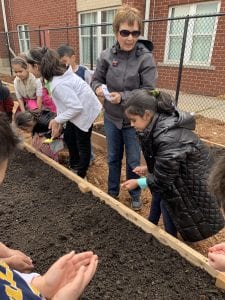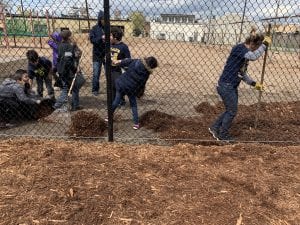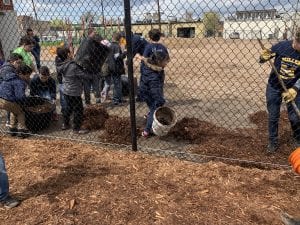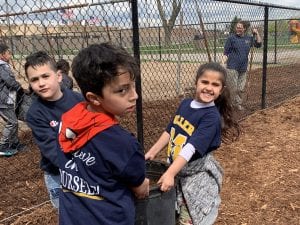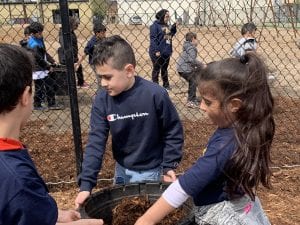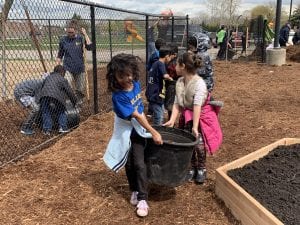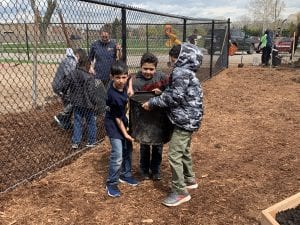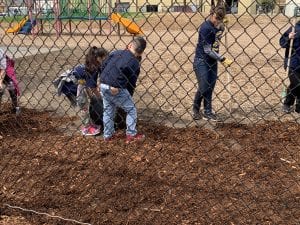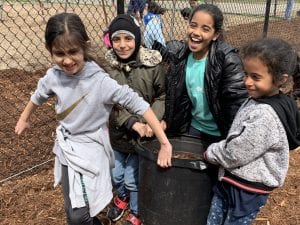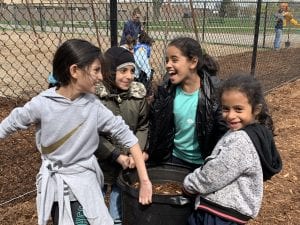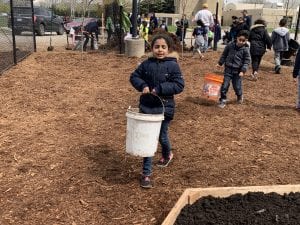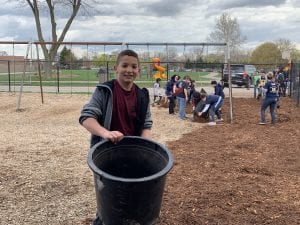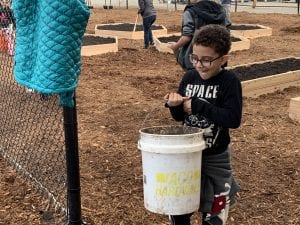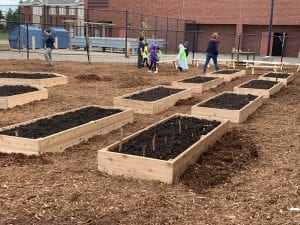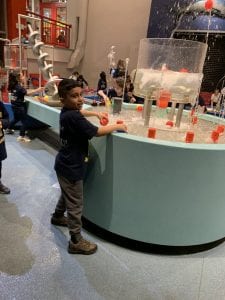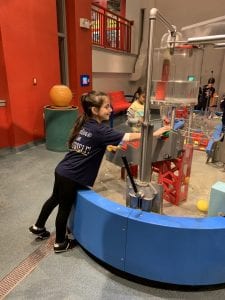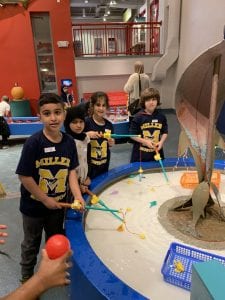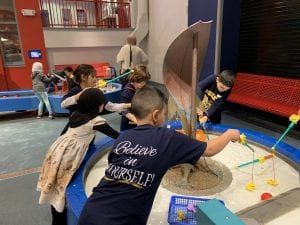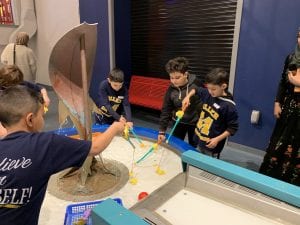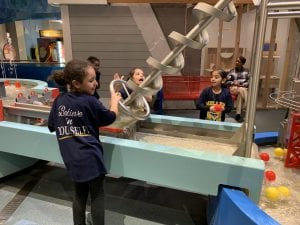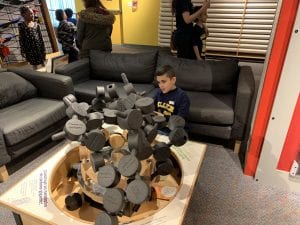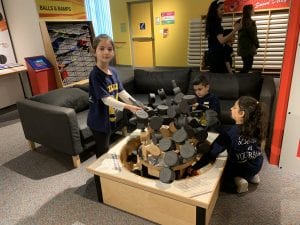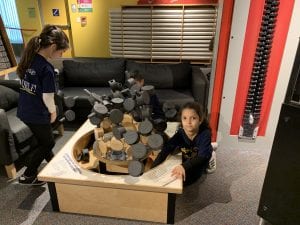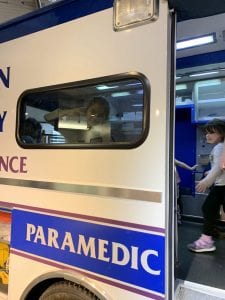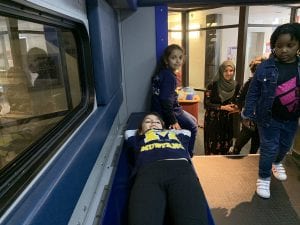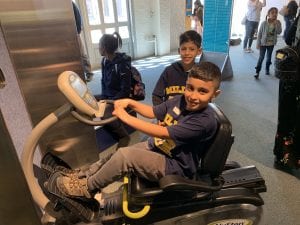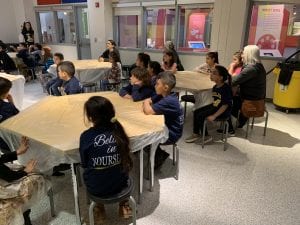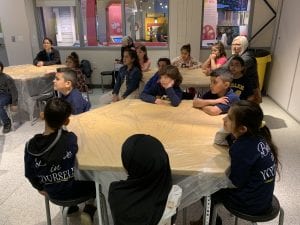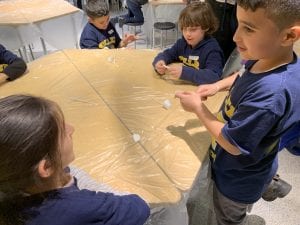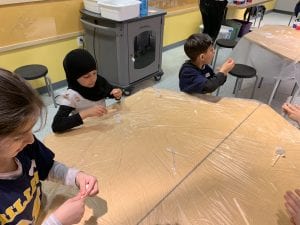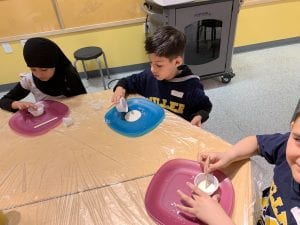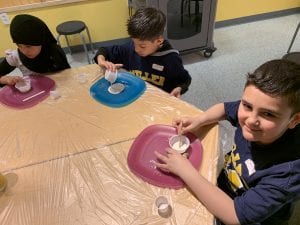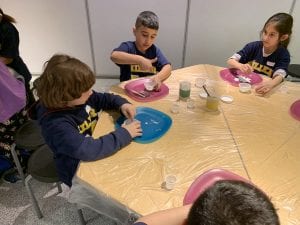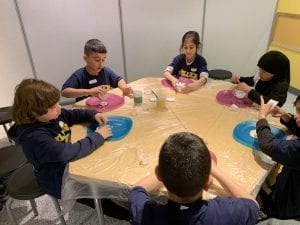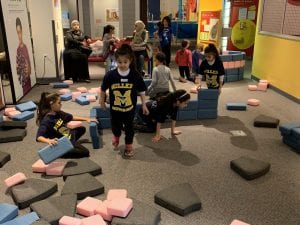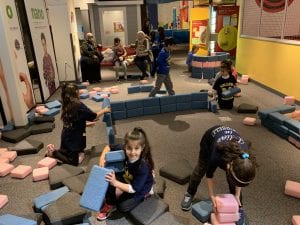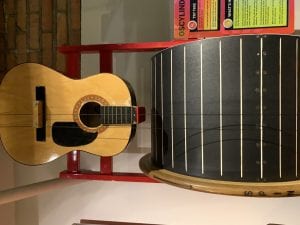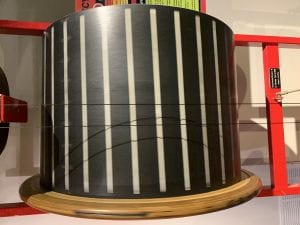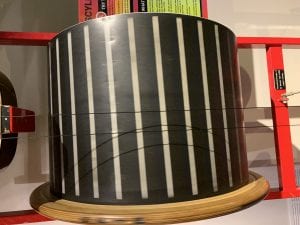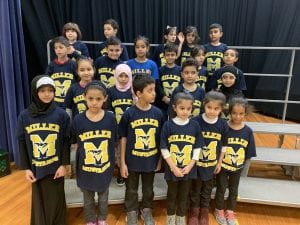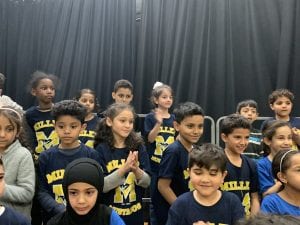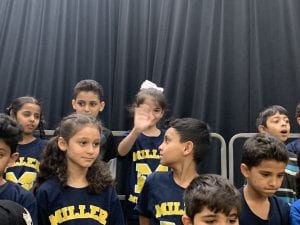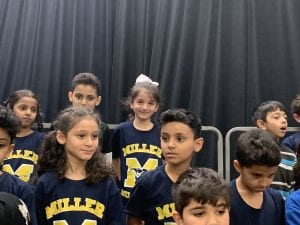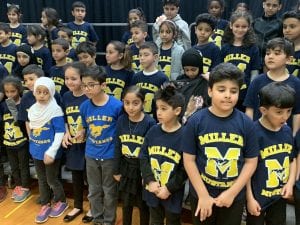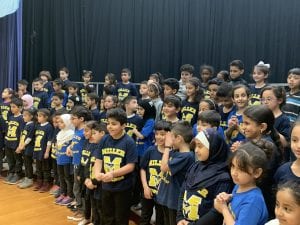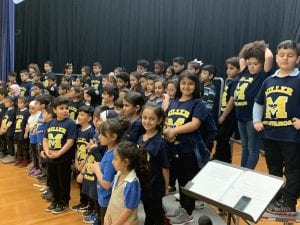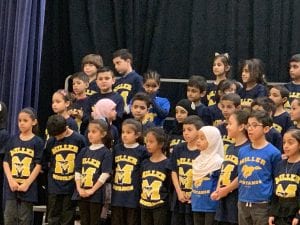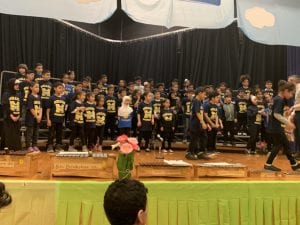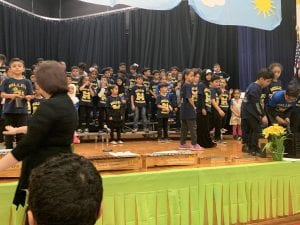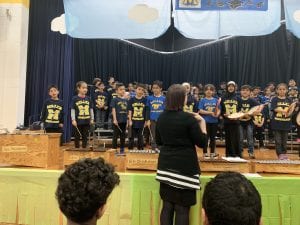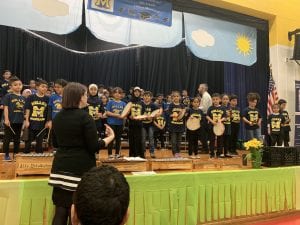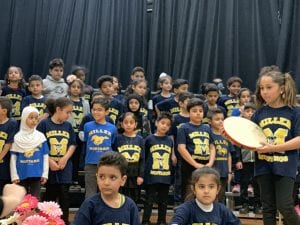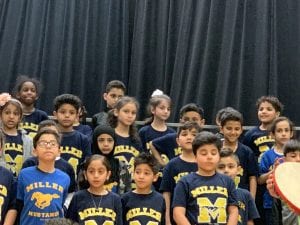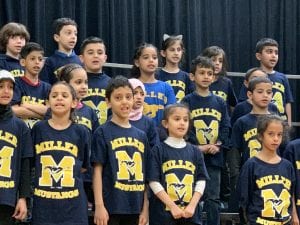Friday, April 26, 2019
Category Archives: Blogs
Homework for the week of April 29th
Focus for the week of April 29, 2019
This week our second grade students will be learning:
Reading: Students will learn to compare and contrast the most important points presented by two texts on the same topic.
Math: Students will learn to use addition to find the total number of objects arranged in rectangular arrays with up to 5 rows and up to 5 columns; write an equation to express the total as a sum of equal addends. They will count within 1000; skip-count by 5s, 10s, and 100s.They will also add up to four two-digit numbers using strategies based on place value and properties of operations.
Writing: Students will learn how to write an informative/explanatory text by introducing a topic by showing prior knowledge of a topic and working on gathering information and notes on that topic.
Science: Students will learn about plants, label there parts and how they grow. They will explore life cycles of silkworms, mealworms and butterflies.
Social Studies: They will demonstrate chronological thinking by distinguishing among past, present and future using family or school events. Our students will compare life today with life in the past using the criteria of family, school jobs, or communication.
Spelling Words:
Group 1: hear, deer, where, gear, peer, people, number, sure, feather, knock
Group 2: hear, deer, where, gear, peer, gain, may, stop, fly, round
Homework For the week of April 22nd
Group 1: HW Packet (1)4-22
Group 2: HW Packet (2)4-22
Focus for the week of April 22, 2019
This week our second grade students will be learning:
Reading: Students will learn to describe how reasons support specific points the author makes in a text.
Math: Students will learn to use addition to find the total number of objects arranged in rectangular arrays with up to 5 rows and up to 5 columns; write an equation to express the total as a sum of equal addends. They will count within 1000; skip-count by 5s, 10s, and 100s.They will also add up to four two-digit numbers using strategies based on place value and properties of operations.
Writing: Students will learn how to write an informative/explanatory text by introducing a topic by showing my prior knowledge of a topic and working on gathering information and notes on that topic.
Science: Students will learn about plants, label there parts and how they grow. They will explore life cycles of silkworms, mealworms and butterflies.
Social Studies: They will describe the natural, human, and capital resources needed for production of a good or service in a community. Identify businesses in the local community. They will describe how businesses in the local community meet economic wants of consumers. Students use examples to show that people cannot produce everything they want (specialization) and depend on trade with others to meet their wants.
Ann Arbor Hands-On Museum
Homework for the week of April 15th-April 18th
Focus for the week of April 16th, 2019
This week our second grade students will be learning:
Reading: Students will learn to explain how specific images (e.g., a diagram showing how a machine works) contribute to and clarify a text.
Math: Students will learn to add and subtract within 1000, using concrete models or drawings and strategies based on place value, properties of operations, and/or the relationship between addition and subtraction; relate the strategy to a written method. They will understand that in adding or subtracting three-digit numbers, one adds or subtracts hundreds and hundreds, tens and tens, ones and ones; and sometimes it is necessary to compose or decompose tens or hundreds.Students will explain why addition and subtraction strategies work, using place value and the properties of operations.
Writing: Students will learn how to write narratives to develop real or imagined experiences or events by developing believable characters in my story
Science: Students will learn about plants and how they grow. They will explore life cycles of silkworms, mealworms and butterflies.
Social Studies: They will describe the natural, human, and capital resources needed for production of a good or service in a community. Identify businesses in the local community. They will describe how businesses in the local community meet economic wants of consumers. Students use examples to show that people cannot produce everything they want (specialization) and depend on trade with others to meet their wants.
Miller Spring Concert
Hands-On Museum Field Trip on Monday
Reminder
The field trip to the Ann Arbor Hands on Museum is on Monday, April 15th. Please make sure that your child brings a bag lunch with a drink and an extra snack. Please do not send any glass containers. We would love it if all the students wear their Miller shirts!
If you are a chaperone, please make sure that you are in the classroom no later than 8:50. Chaperones will need to bring a packed lunch as well. We will leave as soon as the buses arrive.
Thank you!

